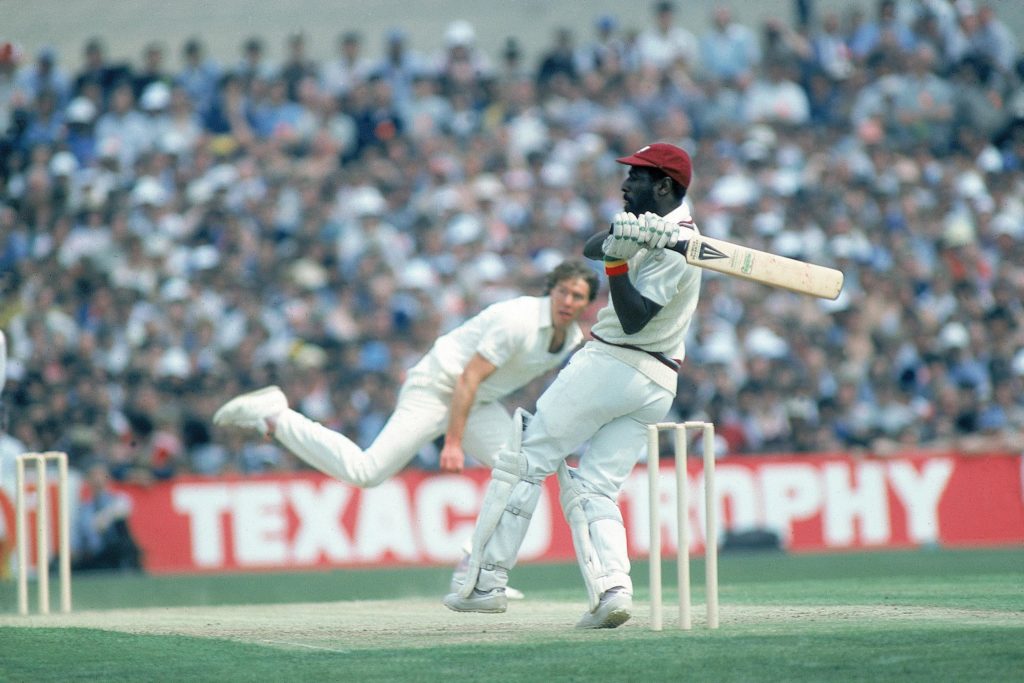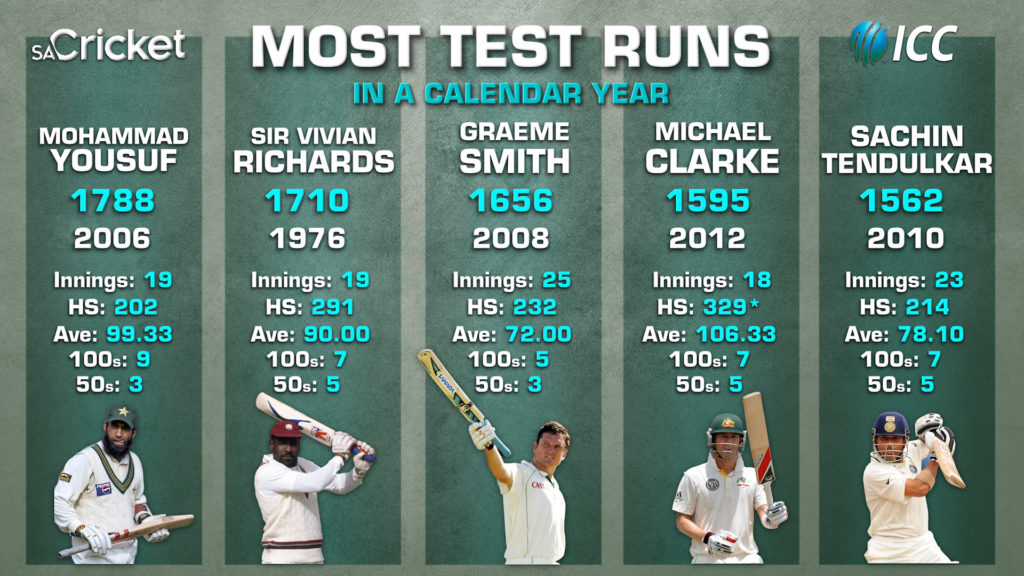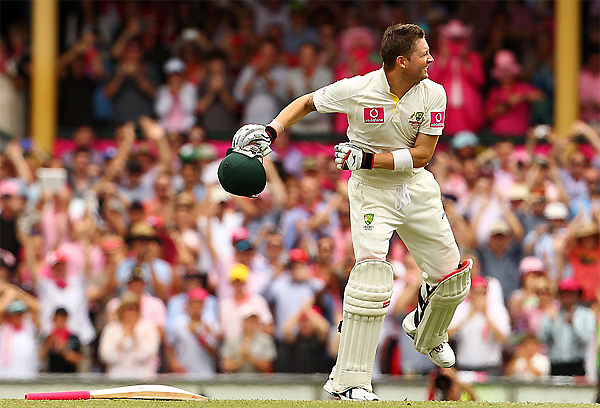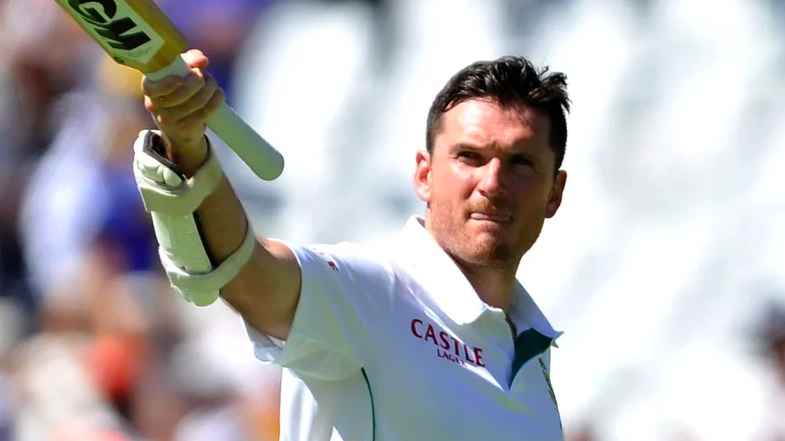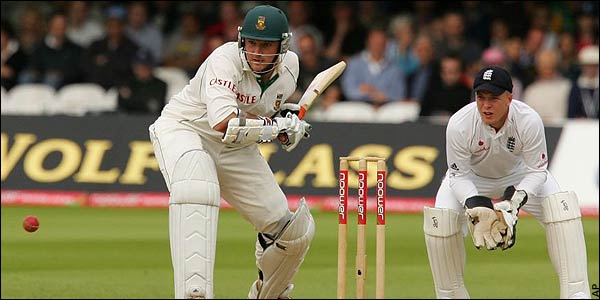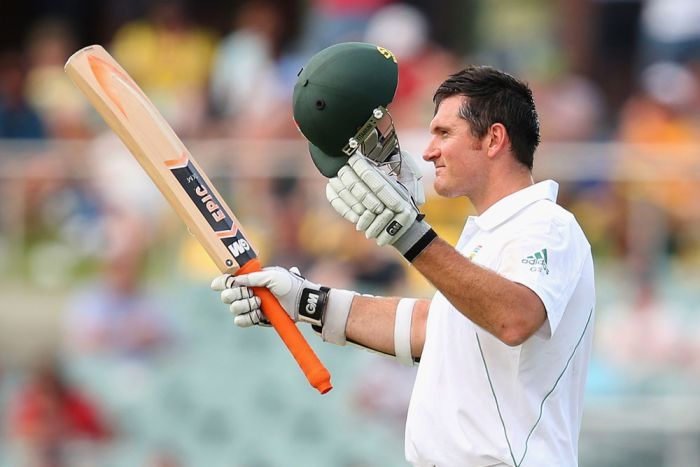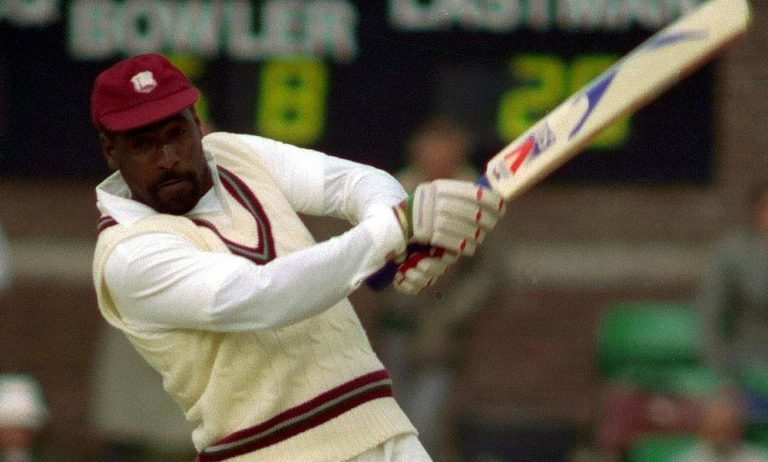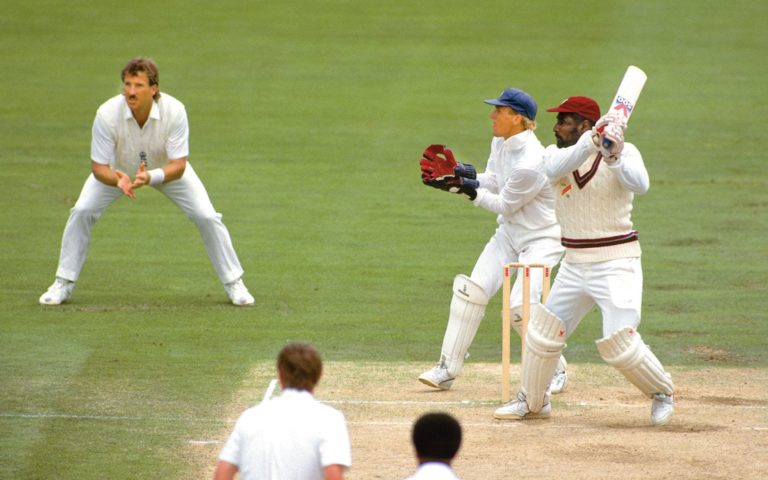In part two of the series, SA Cricket magazine editor RYAN VREDE explains why a West Indies icon’s calendar-year runs mean more than the man who holds that record.
I’ve found the one thing Indians and Pakistanis agree on is that their iconic cricketers were unfairly treated in part one of this series. The backlash from those fans for relegating Mohammad Yousuf (the leading run-getter in a calendar year in Tests) and Sachin Tendulkar (ranked fifth) to fifth and fourth, respectively, on my list was immense.
I’ve got great respect for both, but their records don’t stand up to scrutiny in this context.
Enough of them, let’s get to what you came here for – the top three. It was a close call between one and two. I could have gone either way really but ultimately what Sir Vivian Richards did for the game, both on and off the field, edged him ahead of the brilliant Graeme Smith.
3. Michael Clarke
I’ve always had an appreciation for Clarke’s technical ability, but more so for his temperament. Both were on full show in 2012, when he imprinted his mark on a team he always seemed destined to lead.
India tour of Australia
Clarke, at his home ground, in the New Year’s and 100th Test hosted at the SCG, in front of a packed house and against an India team loaded with talent. Scene set.
His 329* in the first innings against a bowling attack that had the tools to extract joy from a willing wicket (India were bowled out for 191, with all wickets taken by seamers) was immense. It not only set up a huge first-innings lead for the hosts, but also made a powerful statement of intent for the rest of the series.
Clarke failed in the second Test in Perth, but his first-innings 210 in the third Test secured the series victory and also ended an era of Indian cricket. Rahul Dravid and VVS Laxman retired after that Test, while Virender Sehwag and Sachin Tendulkar did so a year later.
Australia tour of the West Indies
Clarke top-scored (73) following a strong effort by the Windies batters. The skipper’s efforts ensured the hosts’ first-innings lead was small, and this incentivised his bowlers to show their quality in the second dig. The Windies were rolled for 148 and Australia won by three wickets.
The rest of the tour was forgettable for Clarke. Scores of 45 and 15 and 24 and 25 in the second and third Tests, respectively, didn’t suggest there was something special coming when the Proteas visited.
SA tour of Australia
Clarke’s unbeaten 259 against arguably the best Proteas attack post isolation (Morkel, Steyn, Philander, Kallis) was breathtaking. He came in at 40-3 and set about rebuilding the innings in the most phenomenal way.
Clarke’s form carried into the second Test, this time with another double hundred after walking to the wicket at 55-3. His runs came off just 257 deliveries and at a strike rate touching 90. Only an epic second-innings defensive effort from Faf du Plessis (110 off 376 balls spanning 466 minutes) denied the hosts victory.
Clarke couldn’t help prevent defeat in the final Test in Perth, but he was named Player of the Series.
Sri Lanka tour of Australia
In Hobart, Clarke got a first-innings 74 against a strong Sri Lanka attack, then retired hurt on 57 in the second, before top-scoring in Melbourne (106) which helped set up an innings victory.
2. Graeme Smith
Smith’s granite mind was the outstanding feature of this period. The sheer number of match-winning or match-saving contributions he made – against some of the world’s best bowlers – was astounding and has entrenched him as not only the greatest opener of South Africa’s post-isolation era, but also the finest captain.
Windies tour of SA
This was one of the better Windies bowling attacks of the modern era, with Daren Powell, Dwayne Bravo, Jerome Taylor and Fidel Edwards combining to test even the most skilled batsmen.
Smith’s second-innings 85 helped the Proteas chase 185 to win the first Test at Newlands, and he backed that up with 147 in the first innings of the next Test to set up an innings victory.
SA tour of Bangladesh
Smith starts the tour with a valuable 62 on a tricky Dhaka deck in pursuit of 205 to win. He then fills his boots with runs on a flat deck in Chittagong, scoring 232 against an ordinary Bangladesh attack. It served as the perfect preparation for a schedule that included away series against India, England and Australia.
SA tour of India
Smith gets 73 in the first innings in Chennai against an attack that included Anil Kumble and Harbhajan Singh. The matched ended in a tame draw.
Dale Steyn (five-for in the first innings), AB de Villiers (217) and Jacques Kallis (132) would star in the second Test, inflicting India with their worst home defeat in 50 years.
He top-scored with 65 in the first innings of the next Test, and was the only player to have any answers to Singh. His 35 in the second innings on a deck that turned viciously wasn’t enough to prevent defeat.
SA tour of England
England’s attack featured James Anderson, Stuart Broad, Monty Panesar and Andrew Flintoff, all at or nearing their peak.
Smith bombed in the first innings at Lord’s, but then staged a heroic resistance in the second innings – scoring 107 to save the Test.
The Proteas blitzed England in the next Test, Smith scoring 44 in a massive first-innings total of 522.
It was, however, his 154* in pursuit of 281 in the third Test that highlights this period for him. SA lost three wickets for 28 runs at one point in the chase. Smith stood firm, leading his side to their first series victory in England in 43 years.
Bangladesh tour of SA
Bats twice. Scores 157 and 27. Next.
SA tour of Australia
Australia’s until then impenetrable fortress crumbled thanks in no small part to Smith’s efforts.
An attack that featured Brett Lee, Mitchell Johnson and Peter Siddle was humbled by Smith’s refusal to leave without changing history.
His 108 in Perth in pursuit of a mammoth 414 to win the Test is one of Test cricket’s great innings, and he was at the heart of another run chase in Melbourne, scoring 75 in pursuit of 183.
The victory there made Smith and his men the first South African team in history to win on Australian soil, and the first from anywhere to win there in 16 years.
1. Sir Vivian Richards
This started out as a tough one, but it soon became clear that Richards’ broader influence on the game should edge him ahead of Smith.
Furthermore, the climate of not-so-subtle racism during this period made Richards’ feats even more impressive.
Windies tour of Australia
The New Year’s Test was one to forget for Richards. By that point in the tour, he and his team had been bounced into submission by two of the world’s fastest and fiercest – Jeff Thomson and Dennis Lillee – as well as the underrated left-armer Gary Gilmour. They succumbed weakly in Sydney.
But something changed for Richards in the penultimate Test of the series in Adelaide. The Windies still lost, but Richards got a second-innings century that would signal the start of a superb run of form.
He got 50 and 98 (both scores at strike rates of close to 100) in the final Test before moving on to lash India.
India tour of West Indies
Richards’ first-innings 142, against an attack that featured the potent spin of Bishan Bedi, set up a massive win. He would go on to string together a run of scores that went 139, 20, 177, 23 and 64 to establish himself as one of the world’s best going into the series against England that would define Richards and his team.
Windies tour of England
After the Sydney Test at the beginning of the year, Richards averaged 31. By the end of the England series, it had risen to 57 and he’d established himself as the world’s premier batsman.
He ascended to this position with a batting style considered highly unorthodox at the time, ripping up the textbook his English hosts had written and hitting across the line consistently. In doing so, Richards would drag batting out of its traditional conventions into a new, more exciting frontier.
Richards whipped, flicked, cut and pulled the English with skill, imagination and aggression in equal measure.
His performances were in no small part inspired by a clear lack of regard for his team by their hosts. Prior to the series’ commencement, the ever-delightful Tony Greig had declared England would make the Windies ‘grovel’. For the team that language conjured close associations with the type of language that had become commonplace for English colonialist slave masters in the West Indies. Greig, born in South Africa and familiar with the country’s apartheid policy, should have just shut up.
Richards recalls the moment the news broke. The team was preparing for a meeting when Greig’s comments aired. ‘Wow. And I’ll tell you, that was the team meeting,’ Richards told cricinfo.com. ‘I think someone said to the skipper at the time, “Clive, are we gonna have the meeting?” He said, “No, the meeting’s over.” You could see the looks on everyone’s face, and I knew we were going to have a good summer.’
Ultimately it would be England who grovelled and Richards, with scores of 232, 63, 4, 135, 66 and 38 in the first four Tests, made them do so.
He saved his best for last, scoring 291 at The Oval. Greig dismissed him and celebrated like he did so with Richards on zero. It didn’t matter. He’d been rendered irrelevant by the most significant cricketing figure of his generation.




